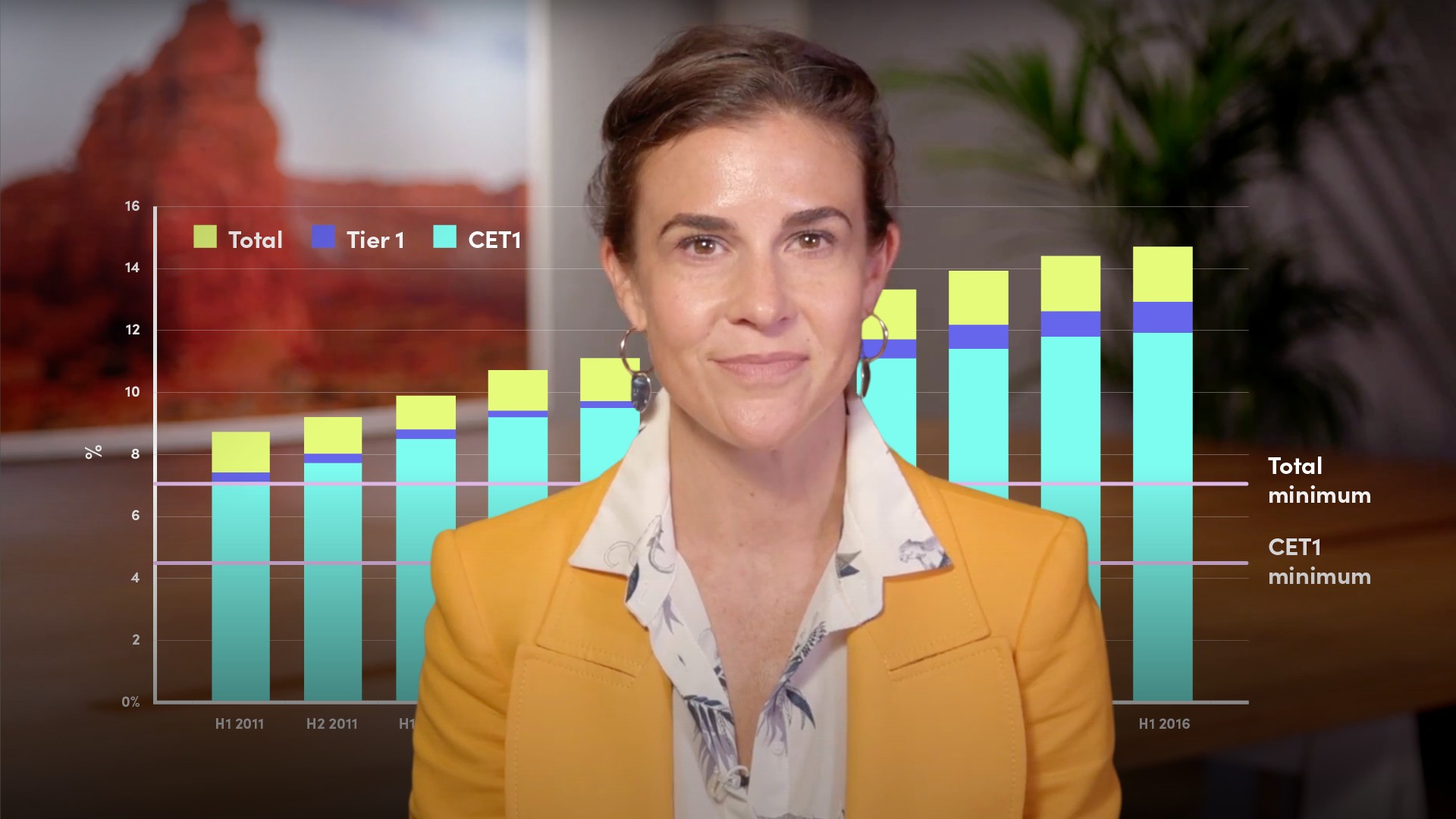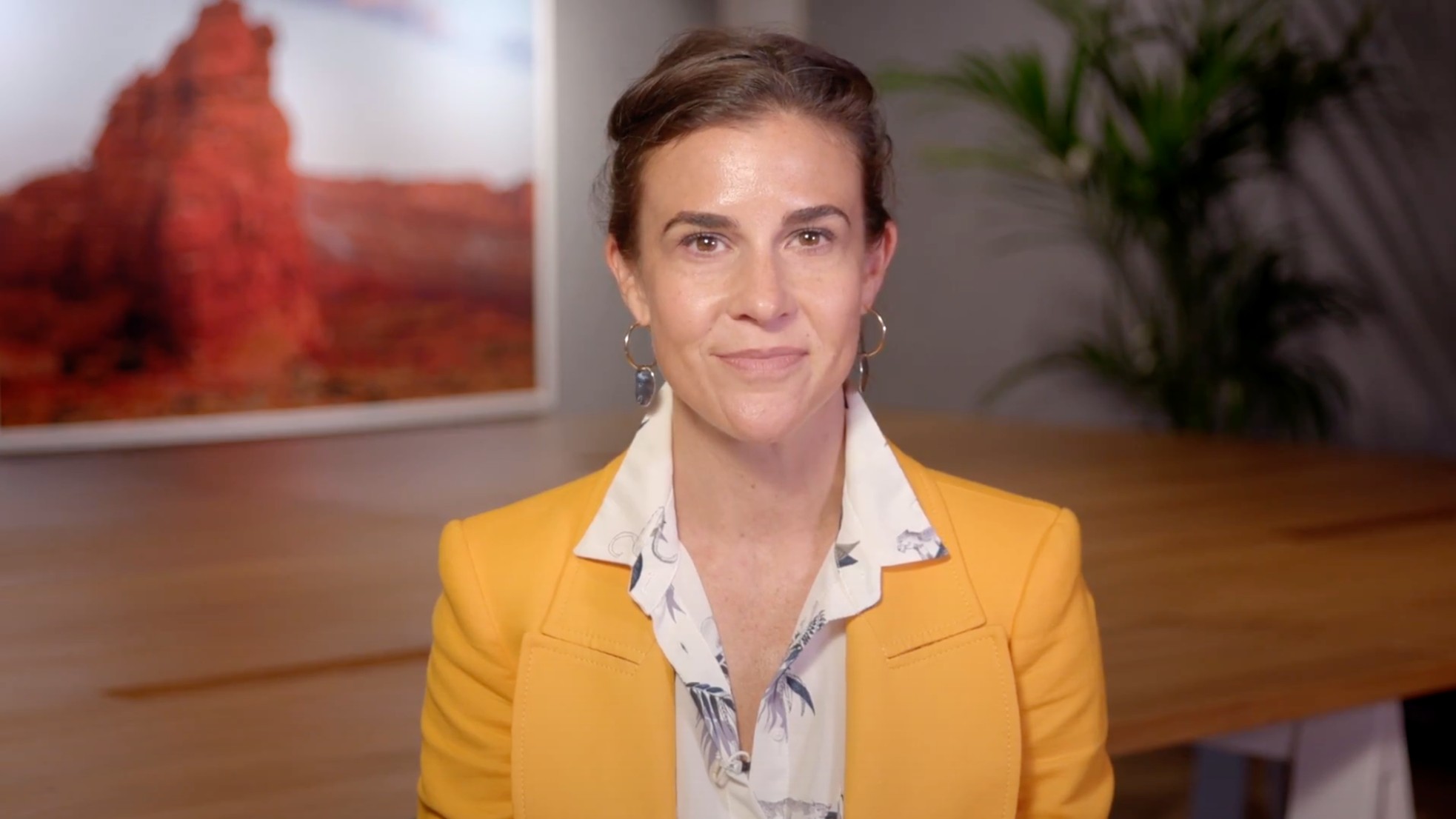
Introduction to Bank Analysis I

January Carmalt
20 years: Research & banking
Analysing a bank is not the same as a corporate. Leverage, capitalisation and profitability measures are incomparable between the two. In this video, January explores what makes banks unique and some important ratios to consider when determining the overall health of a bank.
Analysing a bank is not the same as a corporate. Leverage, capitalisation and profitability measures are incomparable between the two. In this video, January explores what makes banks unique and some important ratios to consider when determining the overall health of a bank.
Subscribe to watch
Access this and all of the content on our platform by signing up for a 7-day free trial.

Introduction to Bank Analysis I
8 mins 52 secs
Key learning objectives:
Understand the functions of a bank
Define the crucial metrics for investors and bank regulators
Overview:
Analysing a bank first requires a baseline understanding of what a bank does. From there, it is important to examine the bank’s balance sheet, liquidity metrics, capital buffers and quality of their loans.
Subscribe to watch
Access this and all of the content on our platform by signing up for a 7-day free trial.
What is a bank?
In simplest terms, a bank’s primary functions are borrowing and lending. Collecting customer deposits and transforming these into loans is the necessary financial lubricant for any properly functioning market economy. Very broadly, these are loans granted to individuals, small businesses and the aforementioned corporates; facilitating everything from home ownership, entrepreneurial enterprise, small and medium sized companies, fostering investment and overall economic growth and prosperity. Supplementing lending, banks also provide many other services including payments processing, foreign exchange services, insurance, market making, asset management and other retail and wholesale investment services.
What does the Balance Sheet tell us?
The first thing we’ll examine is the balance sheet. A ‘snapshot’ of the bank’s fundamental health. Given the bank’s primary task is transforming savings into lending, when it comes to understanding the overall quality of a bank, dissecting the balance sheet offers far more insight than the income statement.
The first thing we notice of a bank’s balance sheet is its sheer size, just the overall quantum of assets, hundreds of billions or trillions of pounds. They are incomparably large, certainly to that of a corporate, not to mention relative to the bank’s underlying profitability. At first glance banks do not necessarily appear to be an ideal business model for making money. Equity investors would probably mirror this sentiment, particularly in light of their brutal cyclicality and ever rising capital requirements. They’re especially helpful to depositors and investors, in particular seeking income, whose only concern is safeguarding hard earned savings, earning interest and getting their money back.
What do the Funding and Liquidity profiles consist of?
So here we have tremendously large balance sheets with loans and advances to customers representing the biggest portion of assets, and customer deposits the largest portion of liabilities. This is in contrast to a corporate whereby tangible property plant and equipment typically represents the largest asset line item. In a bank, physical assets owned are rather inconsequential and working capital, or current assets less current liabilities can best be compared instead as the liquidity coverage ratio, or LCR, the components of which we can find in cash and cash equivalents, balances with central banks offset by short-term funding needs.
In addition to the LCR, a detailed funding profile gives us a pretty good picture of the overall stability of the bank’s balance sheet. Generally speaking we’re looking for a low loan/deposit ratio, indicating a ‘sticky’ funding base. Of course these levels vary from country to country, not to mention bank to bank. Wholesale banks with large investment banking operations typically report higher Loans to deposits, versus banks with a larger retail network. Since 2008, the increased regulatory scrutiny and emphasis on solid liquidity has led to a monumental improvement in funding disclosure and focus on stable, sustainable, long-term funding.
What is Solvency, and is it a good risk measure of a bank?
The solvency, or capitalisation of a bank, is also found in the balance sheet, as well as detailed in the statement of changes in shareholders’ equity and notes to the audited accounts and financial highlights. This is normally expressed as the Common Equity Tier 1 ratio, or CET1, the Common equity to risk weighted assets, the Tier 1 ratio, which is Common equity plus Alternative Tier 1 instruments as a portion of risk weighted assets, and Total capital, which will include other instruments in the numerator including Lower Tier 2 instruments. Since 2008, the requirement for financial institutions to increase the overall quantum and quality of capital has proven paramount.
How is Asset Quality analysed?
The last balance sheet item we’ll discuss is asset quality, which whilst an important risk factor to monitor, we would argue is still secondary or even tertiary to a bank’s liquidity and solvency. Moreover, as with many aspects of a bank’s balance sheet, this might involve a bit of detective work to get a clear picture of the quality of a bank’s loan book, we’re specifically looking for non-performing loans, or similarly, these may also go by Non-accrual loans and/or impaired loans. The NPL ratio is the portion of non-performing loans to the gross loan portfolio. The higher the ratio, the higher the risk-profile of a given institution.
Loan loss reserves are a ‘contra-asset’ item on the balance sheet, netted against gross loans. Loan loss reserves as a ratio of gross loans, and in particular, a portion of NPLs is another important balance sheet ratio, indicative of how proactive management is creating a buffer, or ‘rainy day fund,’ in a manner of speaking, anticipating the cyclicality of its loan book and level of future non-performing assets. Reserve coverage of non-performing loans is important, but bear in mind, however, that the evolution of loan loss reserves (which rise and fall by the total loan loss provisions reported on the income statement) are a leading indicator of the economic cycle, vs non-performing loans which are a lagging indicator. Optically high reserve coverage may provide a sense of false security as they can fall dramatically in a weakening business cycle, and vice-versa.
Subscribe to watch
Access this and all of the content on our platform by signing up for a 7-day free trial.

January Carmalt
There are no available Videos from "January Carmalt"



























